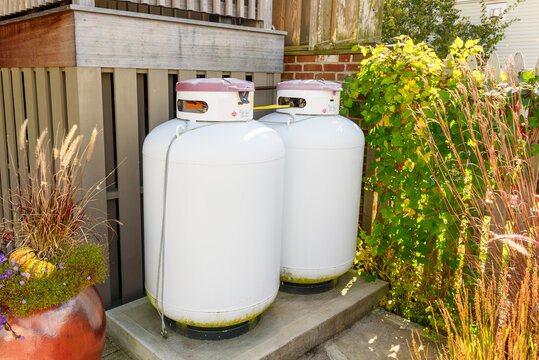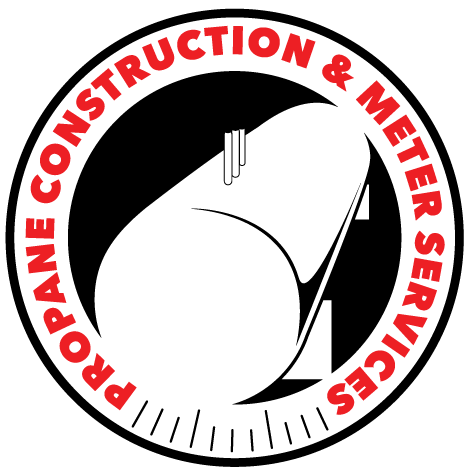Should You Repair or Replace Your Propane Tank?

As a propane business owner, knowing whether to repair or replace your propane tank is crucial for managing costs and ensuring operational efficiency. Here, we provide a detailed guide on making this decision effectively, considering both the immediate and long-term impacts on your business.
Understanding the Lifespan of Propane Tanks
Propane tanks are robust and designed for longevity. The lifespan of a tank generally ranges anywhere from 12 to 30 years, influenced by factors such as construction materials, maintenance history, and environmental exposure. It’s essential to assess the condition of your tank regularly. Doing so should involve these steps:
Check the manufacture date: Typically found on the tank’s handle or collar, this date helps determine how close the tank is to the end of its useful life.
Assess usage patterns: Frequent refilling or high-volume usage can serve to accelerate the wear and tear on a tank.
Signs You Might Need Repairs
Timely repairs can extend the life of a propane tank, but it’s crucial to recognize when a repair is sufficient or a replacement is warranted. Look for these signs:
Surface rust: Surface rust can often be treated with rust inhibitors or by sanding and repainting the tank.
Valve issues: Leaking or hard-to-operate valves can often be replaced without having to replace the entire tank. This step should be attempted first before getting rid of the tank and incurring the cost of a new one.
Dents and minor damage: Small dents that do not affect the pressure-holding capacity of the tank can usually be ignored, but significant damage might require professional assessment.
When Replacement Is the Better Option
Despite the possibility of repairs, some scenarios necessitate the complete replacement of a propane tank. Consider replacement if you encounter the following:
Severe corrosion: Deep rust that compromises the tank’s structural integrity indicates a replacement is needed to ensure safety.
Obsolete features: Older tanks might need modern safety features, such as overfill protection devices, which are now standard.
Increased capacity needs: As your business grows, a larger tank may be needed to meet increased demand efficiently.
Cost Considerations
The decision between repairing and replacing a tank should also consider the cost implications such as:
Initial outlay vs. ongoing maintenance: Although repairs might be cheaper initially, older tanks typically require more frequent maintenance, which can add up.
Efficiency improvements: Newer tanks are often more efficient and may offer better propane retention, reducing fuel expenses.
Evaluating Environmental and Safety Standards
Staying compliant with environmental and safety regulations is crucial. New tanks are often equipped with enhanced safety features that comply with current regulations, reducing the risk of fines or penalties for non-compliance.
Impact on Propane Businesses
The choice to repair or replace a propane tank directly impacts your business operations in these ways:
Operational downtime: A new tank might involve upfront installation downtime but can result in fewer operational interruptions in the long run.
Customer trust and business reputation: Ensuring your equipment is reliable and up-to-date reflects well on your business, enhancing customer trust.
Weighing the costs and benefits of repairing versus replacing your propane tank is a strategic decision that affects many aspects of your propane business. By choosing wisely, you can ensure greater safety, efficiency, and cost-effectiveness, bolstering your business’s market position and long term profitability.
















